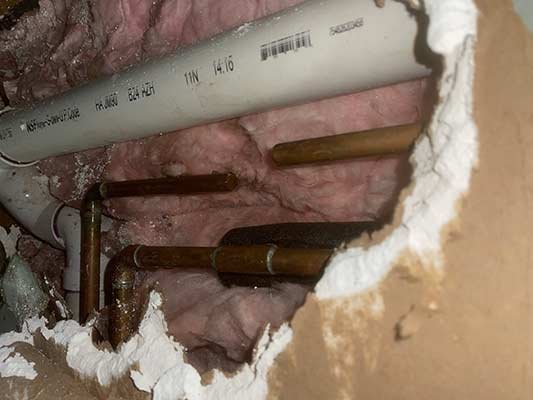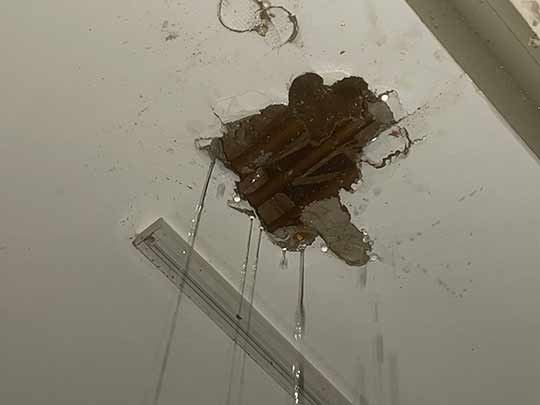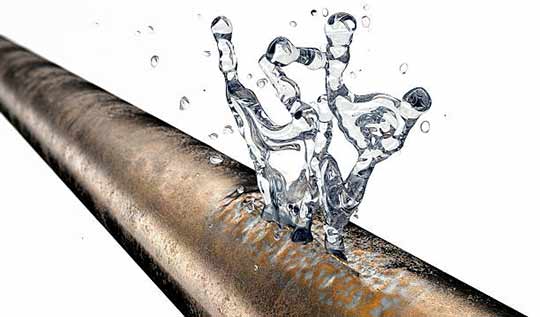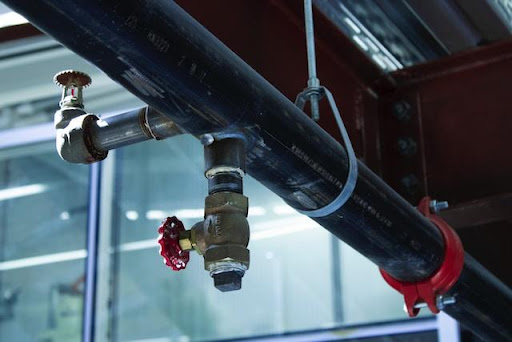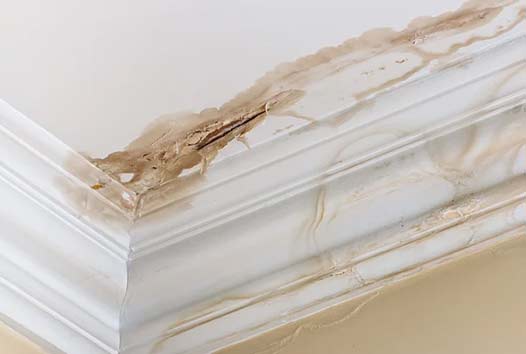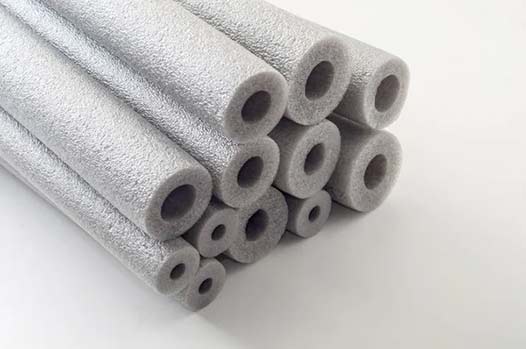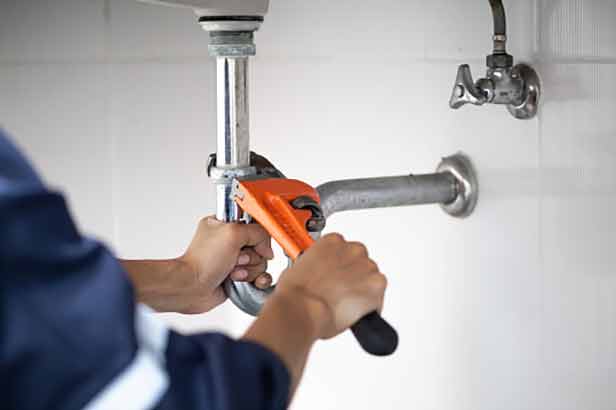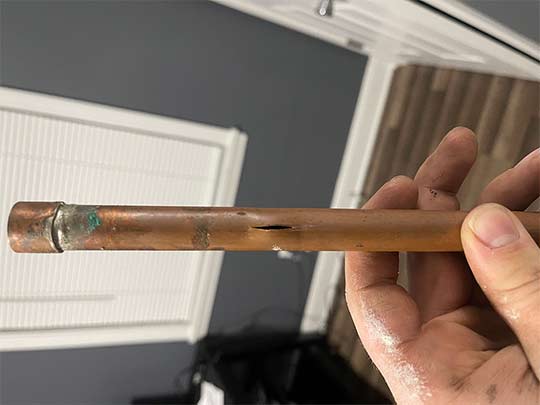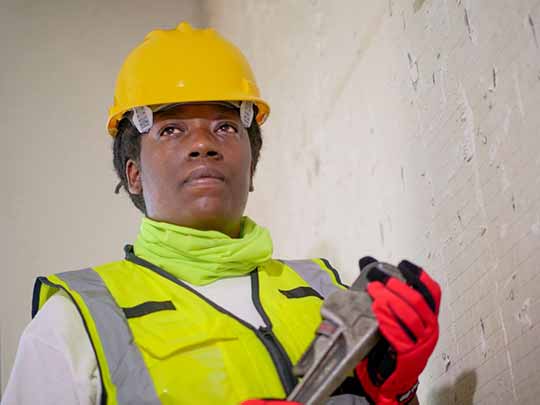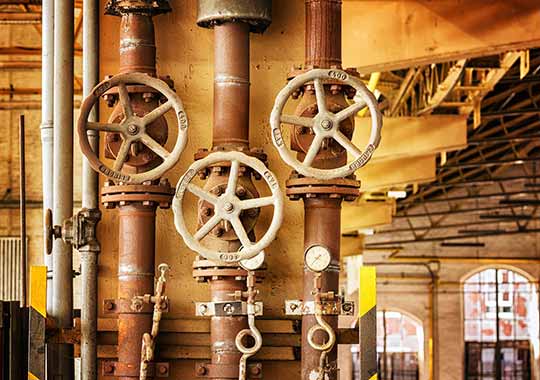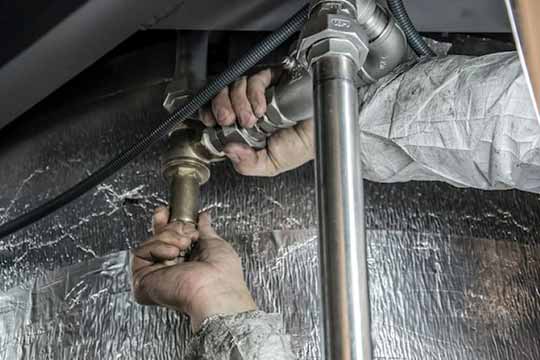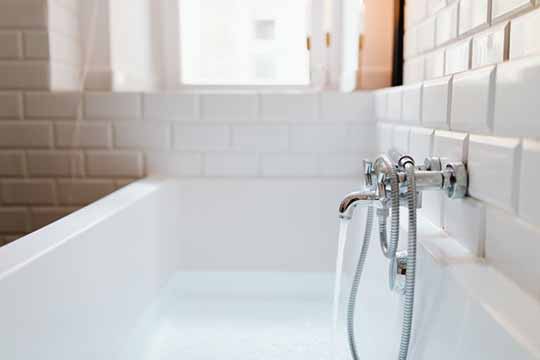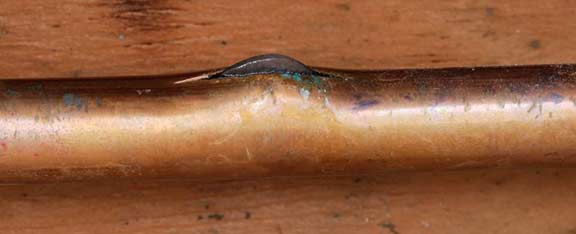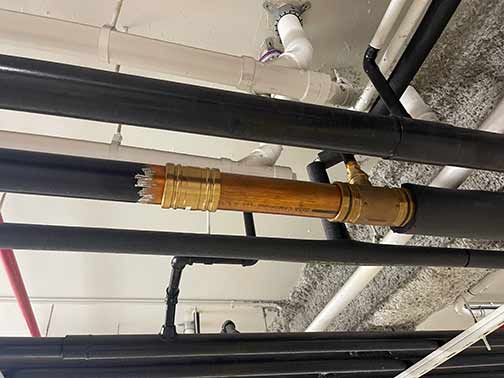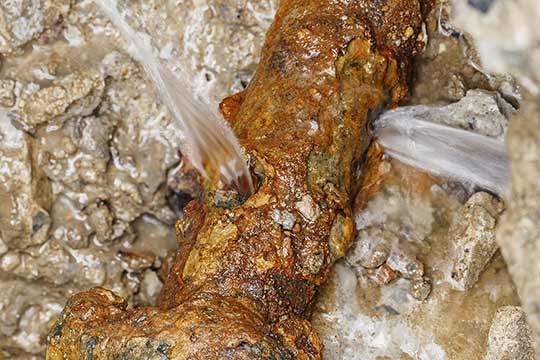The Importance of Locating a Burst Water Pipe
Water is an essential resource in our daily lives. From drinking and cooking to cleaning and bathing, we rely on a constant supply of clean water. However, when a water pipe bursts, it can lead to significant disruptions and damage. Locating a damaged water pipe is crucial to minimize the extent of the damage and to ensure prompt repairs. Here we will explore the importance of locating a ruptured water pipe and provide a step-by-step guide on how to do it.
Why Locating a Burst Water Pipe is Critical
When a water pipe bursts, it can result in a variety of problems, including water damage, structural damage, and even health risks. Here are some reasons why locating a broken water pipe is crucial:
- Water Damage: A burst water pipe can release a substantial amount of water into your property, leading to flooding and damage to your belongings.
- Structural Damage: If left unrepaired, the continuous flow of water from a burst pipe can weaken the structure of your property, leading to costly repairs.
- Mold and Mildew Growth: Excess moisture resulting from a damaged water pipe can create the perfect environment for mold and mildew to grow, posing health risks to you and your family.
- Water Wastage: A burst pipe can cause significant water wastage, leading to higher water bills and contributing to water scarcity.
Signs of a Burst Water Pipe
Before you can locate a burst water pipe, it is essential to be able to recognize signs that indicate its presence. Here are some common signs of a burst water pipe:
- Water Leaks: Obvious signs of water leaks, either visible or audible, can indicate a ruptured water pipe.
- Low Water Pressure: If the water pressure in your faucets or shower suddenly decreases, it may be a sign of a burst pipe.
- Discolored Water: Brown or rusty water coming out of your taps can indicate a damaged water pipe.
- Unusually High Water Bills: An unexpected increase in your water bills without any change in water consumption can suggest a hidden burst pipe.
- Damp or Wet Spots: The presence of damp or wet spots on walls, floors, or ceilings may indicate a hidden water pipe.
- Foul Odors: Mold or stagnant water resulting from a burst pipe can cause unpleasant odors in your property.
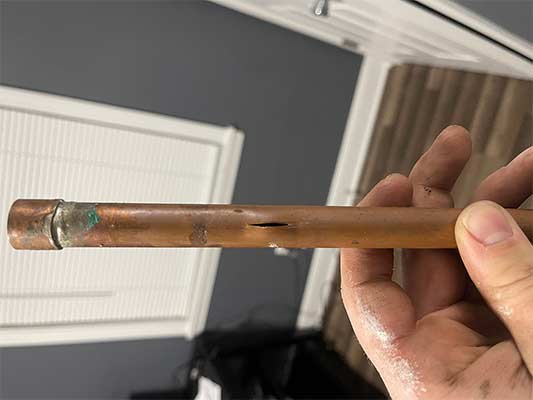
If all else fails or if you are uncomfortable locating the broken water pipe yourself, it is advisable to consult a professional plumber.
Step-by-Step Guide: How to Locate a Burst Water Pipe
Locating a burst water pipe requires a systematic approach to identify the exact location of the problem. Follow these steps to effectively locate a broken water pipe:
Step 1: Turn Off the Water Supply
The first and most crucial step is to turn off the water supply to your property. This will prevent further damage and flooding. Locate the main shut-off valve, typically found near the water meter, and turn it clockwise to shut off the water.
Step 2: Check the Water Meter
After shutting off the water supply, check the water meter. If it continues to indicate water flow, it suggests that there is a leak somewhere in your plumbing system. If the meter stops moving, it indicates that the leak is likely isolated to a specific area.
Step 3: Inspect Visible Pipes
Conduct a visual inspection of all visible pipes, both indoors and outdoors. Look for any signs of water leaks, such as dripping or pooling water, dampness, or discoloration. Pay close attention to areas such as basements, crawl spaces, and utility rooms where pipes are often located.
Step 4: Listen for Water Sounds
After checking visible pipes, listen for any sounds of running or dripping water. The sound may indicate the general vicinity of the burst pipe.
Step 5: Use a Water Leak Detection Service
If you are unable to visually locate the broken water pipe or determine its location by sound, consider using a professional water leak detection service. These services use advanced technology to identify underground leaks or leaks behind walls without causing any damage.
Step 6: Contact a Professional Plumber
If all else fails or if you are uncomfortable locating the burst water pipe yourself, it is advisable to contact a professional plumber. With their expertise and specialized tools, they can accurately locate and repair the burst pipe, ensuring a swift resolution to the issue.
In Summary
Locating a broken water pipe is essential to mitigate damage, prevent further issues, and ensure the timely repair of the problem. By following the step-by-step guide provided in this article, you can identify the burst pipe’s location and take appropriate action. Remember, if you encounter any difficulties or do not feel confident in your abilities, it is always best to seek the assistance of a professional plumber. Promptly addressing a broken water pipe will save you time, money, and potential health risks in the long run.
